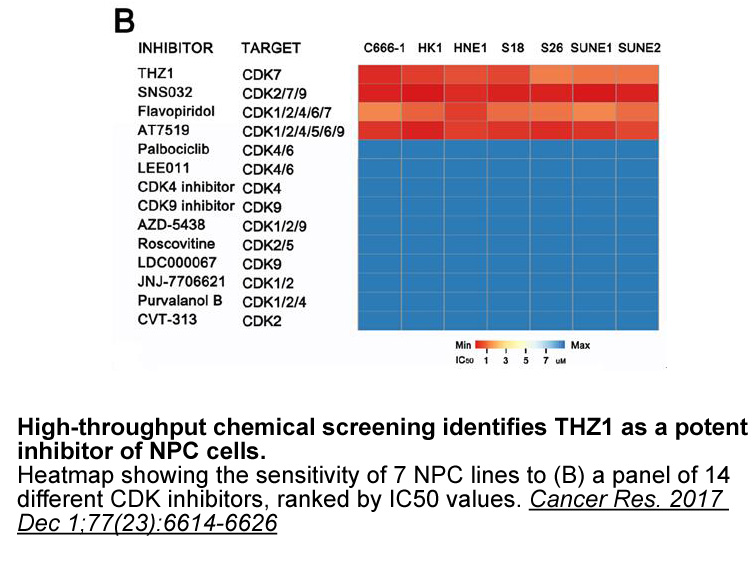Archives
br Oxysterols as Key Players in Metabolic Syndrome Obesity
Oxysterols as Key Players in Metabolic Syndrome?
Obesity and sedentary lifestyle are on the rise and pose serious threats to people's health and wellbeing. Obesity is often associated with other pathologies and is one of the criteria included in the definition of metabolic syndrome (MetS) (see Glossary). This syndrome regroups a cluster of metabolic disorders such as hyperglycemia, dyslipidemia, obesity, insulin resistance, or hypertension. MetS also increases the incidence of pathologies such as atherosclerosis, type 2 diabetes (T2D), nonalcoholic fatty liver disease (NAFLD), stroke, or cancer. Over the years, numerous endogenous mediators have been investigated to better understand and treat this syndrome. Among these, bioactive lipids such as bile acids, endocannabinoids, ceramides, and oxysterols are clearly of interest. Oxysterols were long considered as mere byproducts of cholesterol metabolism, generated as simple intermediates in the synthesis of the more-studied bile acids. The discovery of their affinity for specific receptors, such as liver X receptors (LXRs), and, more recently, EBI2 and CXCR2, favors their study as endogenous mediators. These molecules are now fully considered bioactive lipids that exert their pleiotropic effects through multiple receptors.
Oxysterol Metabolism and Molecular Targets
Oxysterols in Metabolic Syndrome
The Oxysterol System: A Potential Target to Tackle MetS
Concluding Remarks
The question of ⿿is it possible to interfere with the ⿿oxysterome⿿ in order to treat MetS?⿿ is complex. Pharmacologically modulating the levels of a single oxysterol in vivo seems currently out of reach attributable to the rather poor substrate selectivity of most CYP enzymes and of the redundant pathways in oxysterol metabolism. An alternative could be to directly administer an oxysterol of interest, as reported in several studies. Another avenue to explore is the possibility of directly acting on the molecular targets of oxysterols. This is being explored with synthetic LXR ligands and could certainly be tested for other receptors such as EBI2 and ROR.
In conclusion, although several questions remain to be answered (see Outstanding Questions), the evidence discussed places a spotlight on oxysterols as important bioactive lipids in metabolism and Sotrastaurin homeostasis.
Acknowledgments
Introduction
The production of neutralizing antibodies by long-lived plasma cells and memory B cells upon antigen re-exposure underpins the protection afforded by most successful vaccines (Plotkin, 2008). These outputs from the germinal center (GC) are critically dependent on sequential CD4+ T cell help provided to B cells at multiple sites including the interfollicular zone (Kerfoot et al., 2011), T-B border (Garside et al., 1998, Okada et al., 2005), and within GCs (Allen et al., 2007, MacLennan, 1994, Victora and Nussenzweig, 2012) to drive antibody affinity maturation and memory formation (Crotty, 2011). The term follicular B helper T cells (Tfh) was originally used to describe human CD4+ T cells that express the chemokine receptor CXCR5, localize to the secondary follicle of tonsils, and provide cognate help to B cells (Breit feld et al., 2000, Schaerli et al., 2000). The importance of Tfh cells to human health is underscored by the recurrent bacterial infections that occur when they are defective, and the autoimmune pathologies that develop when they are in excess (Tangye et al., 2013). Rapid developments in the Tfh field in recent years has been facilitated by the use of cell surface molecules, such as CXCR5, PD-1, and ICOS (Haynes et al., 2007, Rasheed et al., 2006), as surrogate markers for tracking Tfh cells in human subjects and genetic mouse models. Unfortunately, these markers of CD4+ T cell activation are not unique to Tfh cells. For example, CXCR5 is upregulated by multiple CD4+ T cell lineages upon activation in vivo (Ansel et al., 1999, Schaerli et al., 2001). Nevertheless, the recognition that the transcriptional repressor Bcl-6 is absolutely required for Tfh cell development firmly established them as a distinct CD4+ T cell lineage (Chtanova et al., 2004, Johnston et al., 2009, Nurieva et al., 2009, Yu et al., 2009). However, Bcl-6 expression is also not Tfh cell-specific as it is upregulated in all dividing CD4+ T cells during their interactions with dendritic cells (DCs) (Baumjohann et al., 2011, Kitano et al., 2011). Taken together, these uncertainties make it difficult to conclusively track the origin and fate of Tfh cells in the primary and secondary antibody response.
feld et al., 2000, Schaerli et al., 2000). The importance of Tfh cells to human health is underscored by the recurrent bacterial infections that occur when they are defective, and the autoimmune pathologies that develop when they are in excess (Tangye et al., 2013). Rapid developments in the Tfh field in recent years has been facilitated by the use of cell surface molecules, such as CXCR5, PD-1, and ICOS (Haynes et al., 2007, Rasheed et al., 2006), as surrogate markers for tracking Tfh cells in human subjects and genetic mouse models. Unfortunately, these markers of CD4+ T cell activation are not unique to Tfh cells. For example, CXCR5 is upregulated by multiple CD4+ T cell lineages upon activation in vivo (Ansel et al., 1999, Schaerli et al., 2001). Nevertheless, the recognition that the transcriptional repressor Bcl-6 is absolutely required for Tfh cell development firmly established them as a distinct CD4+ T cell lineage (Chtanova et al., 2004, Johnston et al., 2009, Nurieva et al., 2009, Yu et al., 2009). However, Bcl-6 expression is also not Tfh cell-specific as it is upregulated in all dividing CD4+ T cells during their interactions with dendritic cells (DCs) (Baumjohann et al., 2011, Kitano et al., 2011). Taken together, these uncertainties make it difficult to conclusively track the origin and fate of Tfh cells in the primary and secondary antibody response.